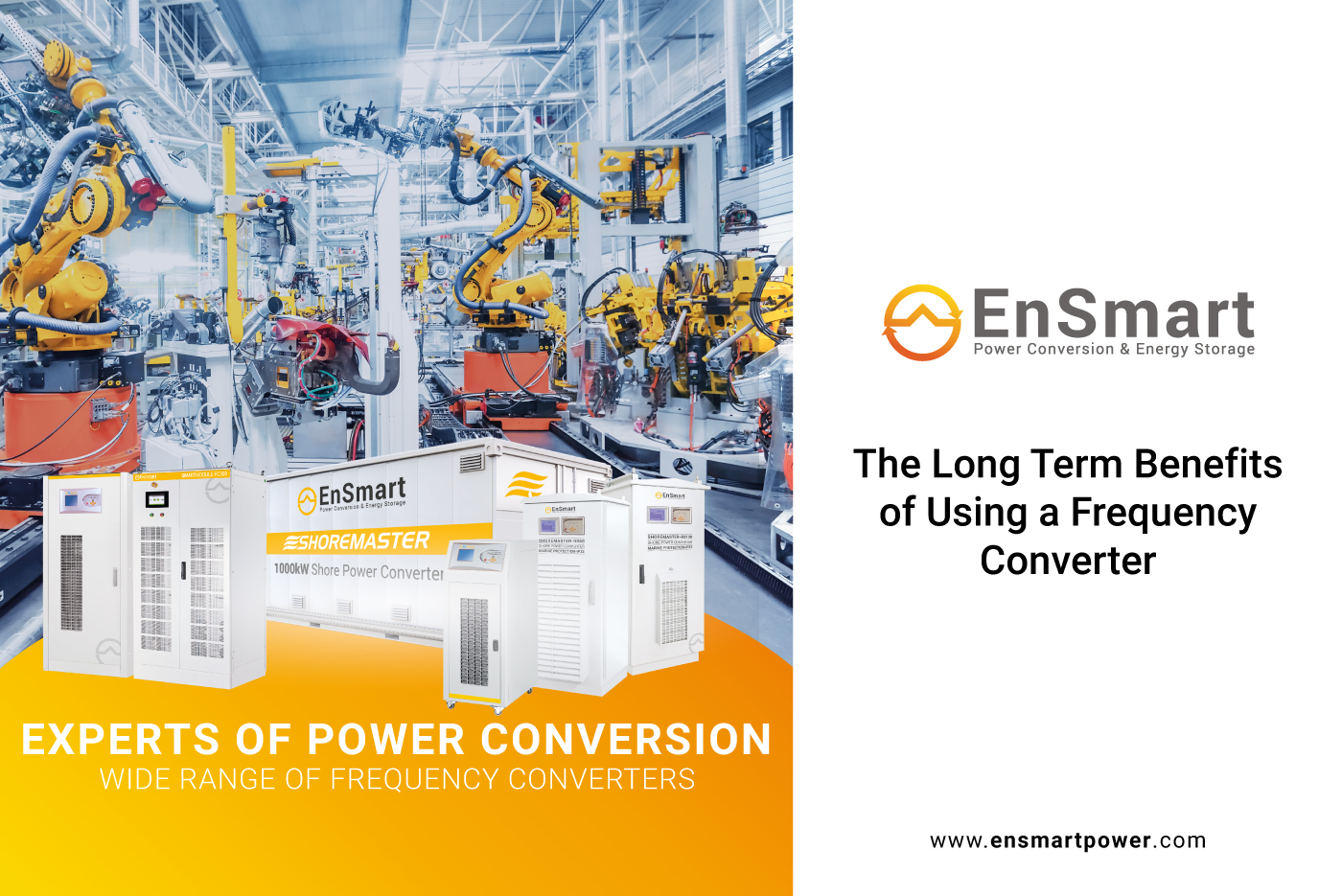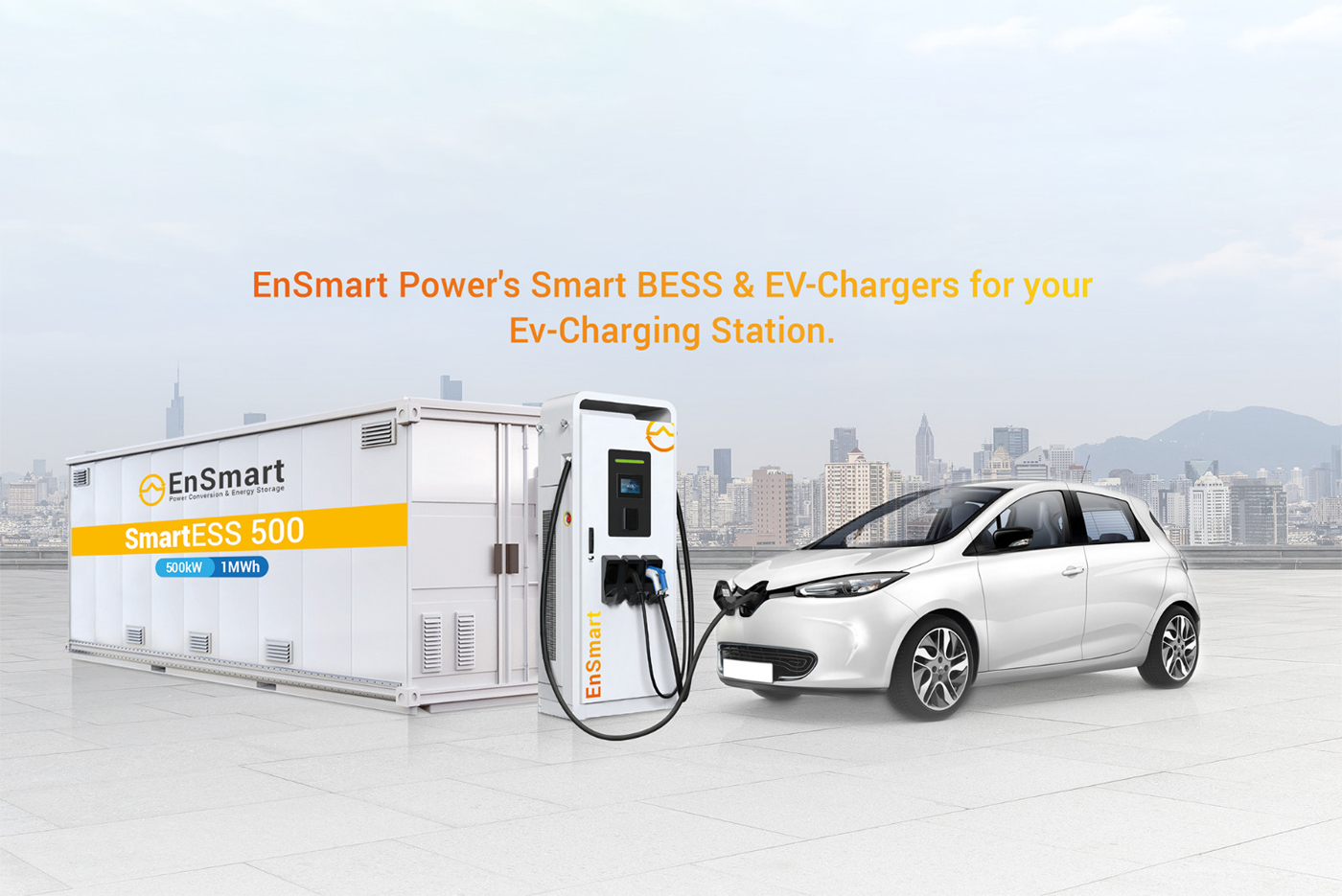Energy storage is essential for reliable and widespread renewable energy and deeply decarbonized electricity systems.
Fundamentally, countries worldwide are actively making steps towards creating more energy efficient and yet cleaner cities. As the energy industry moves away from carbon-heavy production, renewable energy and storage is being critical for delivering on the demand while securing the future of world energy and playing a prominent role in a grid that is migrating to a higher penetration of renewable energy, smarter grids, and flexible grids. However, high penetration creates power transmission instability challenges, thus Grid Operators require energy storage systems witht stringent dynamic and static grid support features. Beyond renewable integration energy storage brings benefits for commercial, industrial customers, grid operators.
Utilities
Increase renewable integration, Reduce dependence on fossil fuel plants, Reduce operating expenses.
Grid Operators
Balance electricity supply and demand, Improve power quality and Avoid costly system upgrades
Commercial Users
Keep critical equipments online during power disruptions , reduce utility bills and generate revenue
Home Users
Reliable back-up power during severe weather and other blackouts, Reduce electricity bills and generate revenue.
Reduce Fuel Use
Increase Resiliency
Improve Power Quality
Save Money
Generate Income
Commercial Energy Storage
EnSmart ESS provides an integrated solution from single source
Providing a pre-sales advice and identifying the right ESS solution for you combining overall solution.
PV + STORAGE for Integrated Clean Energy Solutions Without Noise & Emission
PV+ESS+GENSET for Integrated hybrid energy solutions Lower cost & noise
ESS+GENSET for Hybrid Generator Lower noise at night

FROM KWH TO HUNDREDS MWH
Ensmart Power has the solutions for the challenge of energy stability
EnSmart designs ESS solutions which can be located and used both in behind the meter (power generation system installed on the customer side, such as the solar panels generate electricity) and front of the meter (feed power directly into the distribution and transmission systems, and sell that power to grid operators at a negotiated price)
The excess generation from Behind-the-meter systems- also known as 'distributed energy resources (DERs)' can be sent back to the grid to be consumed by the customer’s neighbors. In this case, the utility meter records only power that passes from the grid to the customer or from the customer to the grid.
Many homes and businesses now have DERs like solar panel installations and batteries. And still more consumers have internet-connected devices like smart thermostats, water heaters, EV chargers, and more.
Because of these recent developments in connected home appliances and distributed energy, modern consumers have more of an opportunity to participate in the grid than ever before. Utilities in many states have initiated voluntary demand response programs, under which they do things like remotely adjust smart thermostats, reserve water heating and EV charging for non-peak times, or even activate their customers’ home battery storage when the grid needs extra power.
Of course, millions of people still simply use electricity when they need it, turning on lights and appliances, acting simply as users of power. But the grid of the future will see energy consumers, producers, and grid operators become more interdependent and interactive. EnSmart Power is actively contributing to the transition of the way we use energy and and keep designing innovative grid-supporting solutions to make the users and businesses more energy independent.

